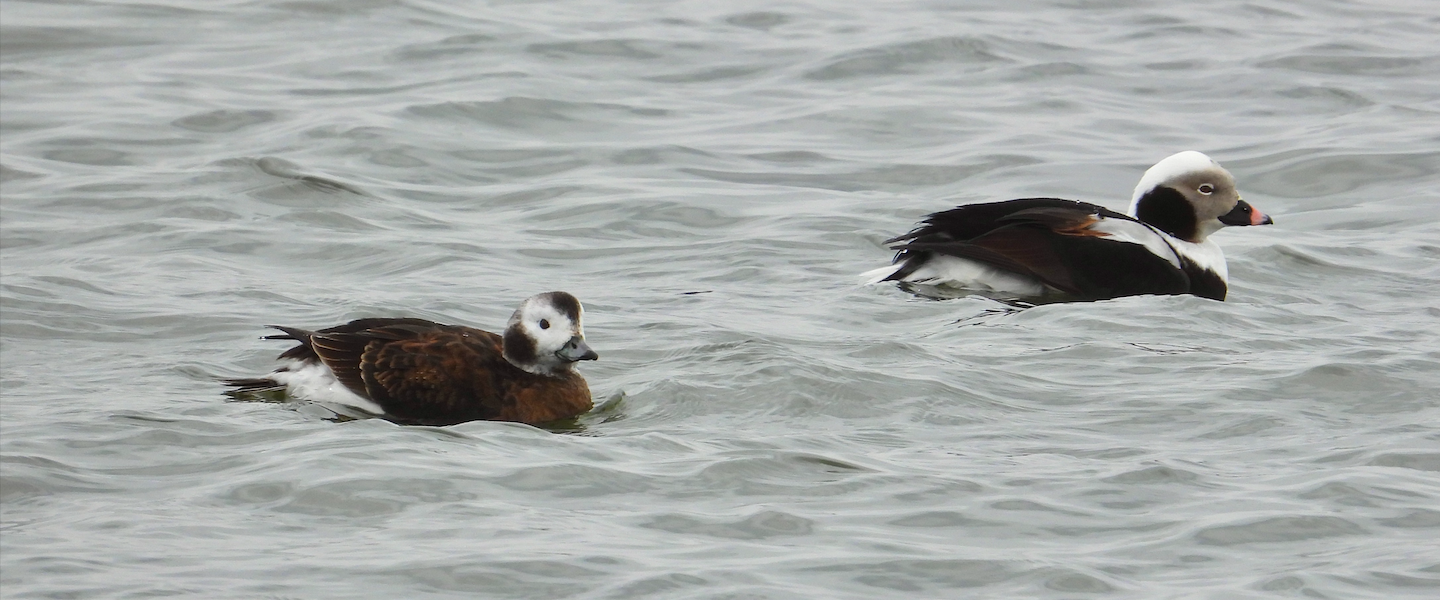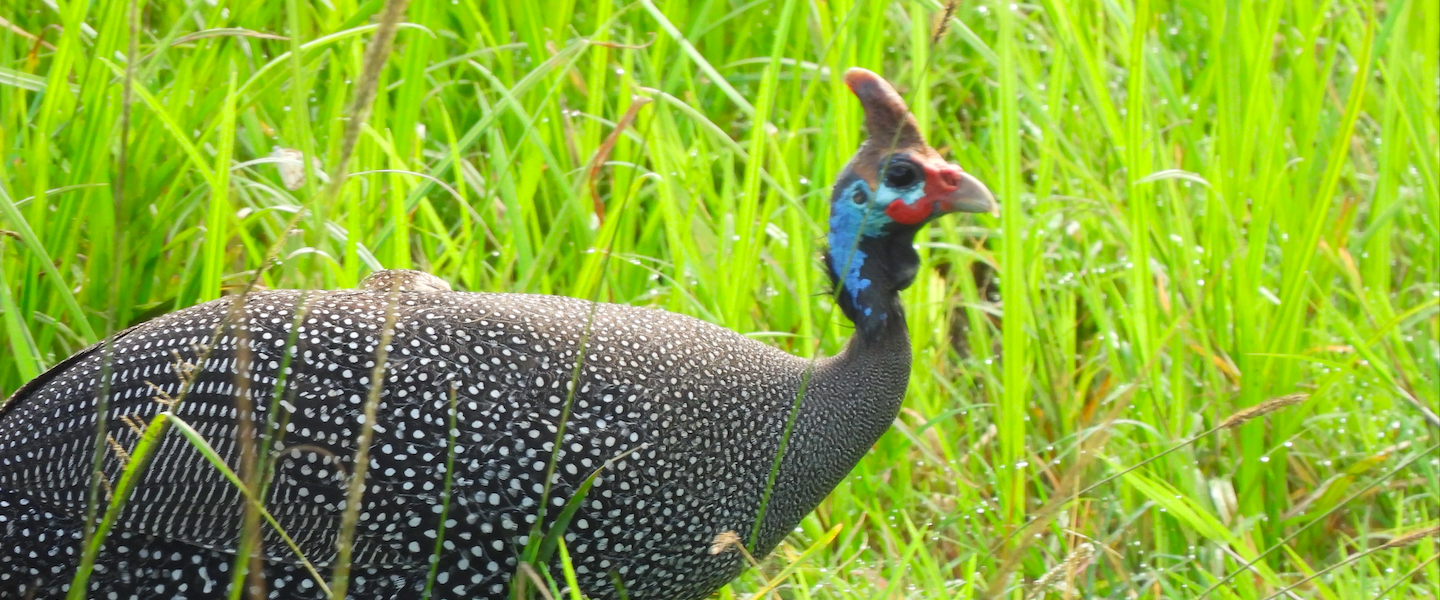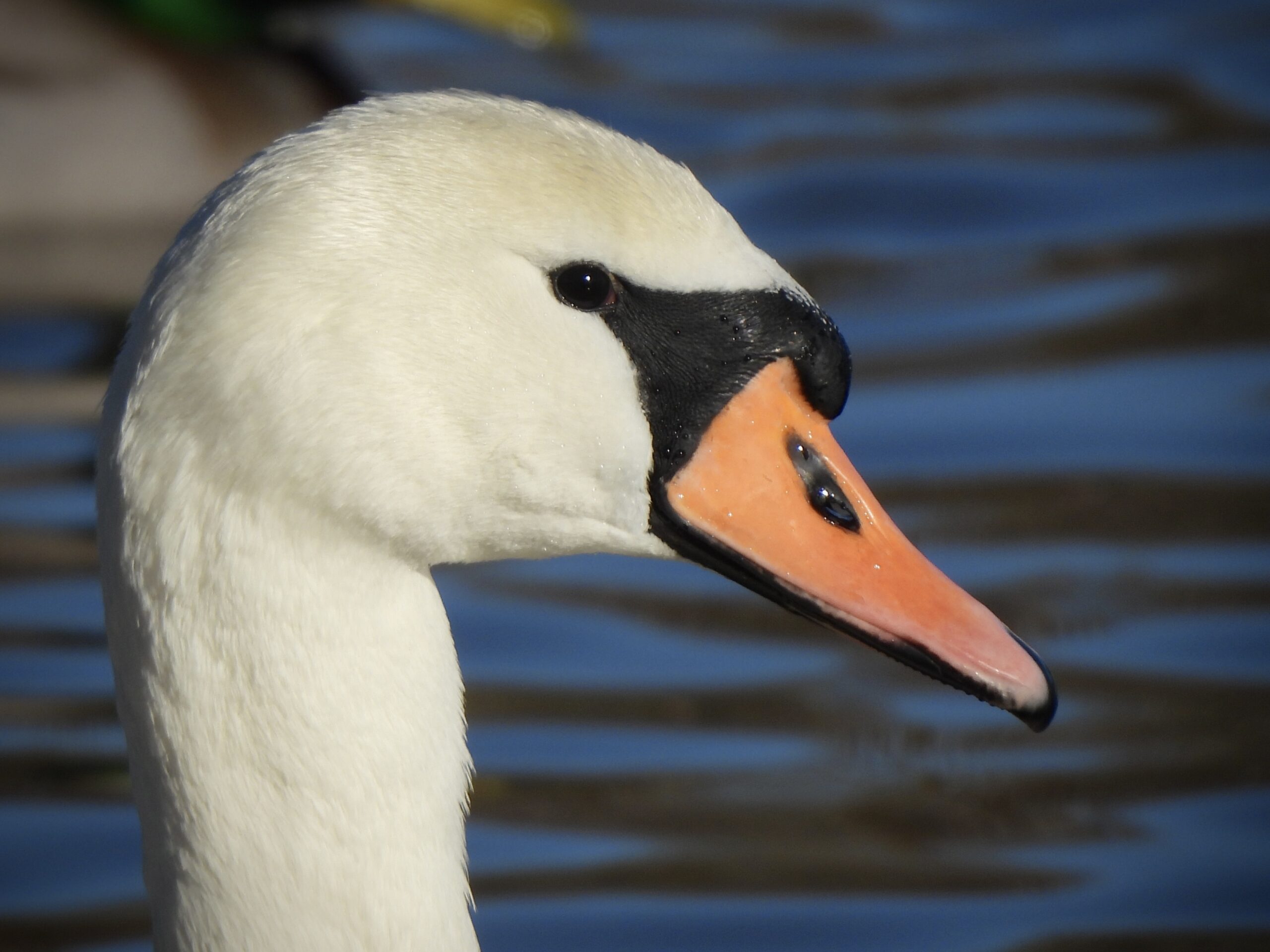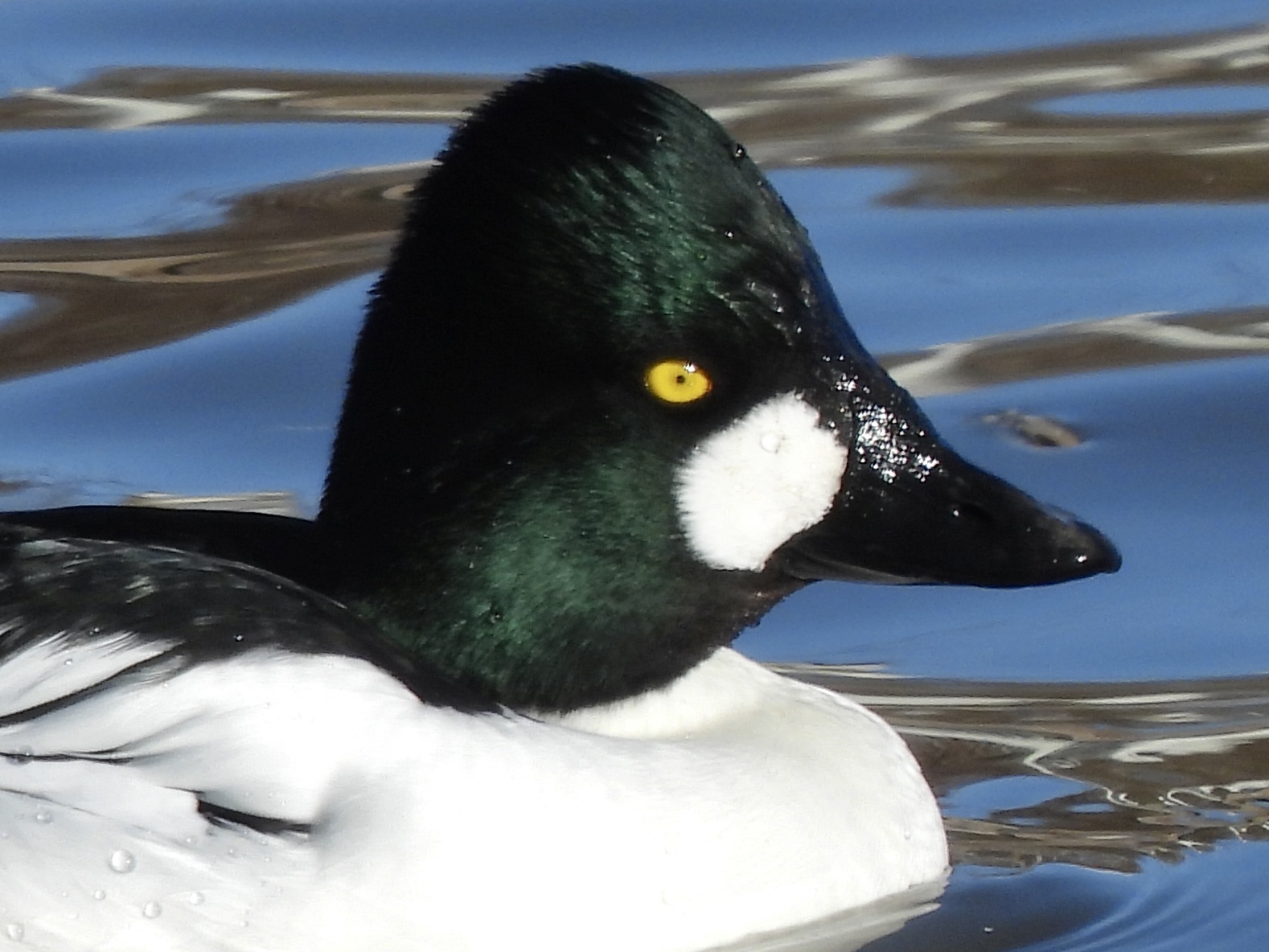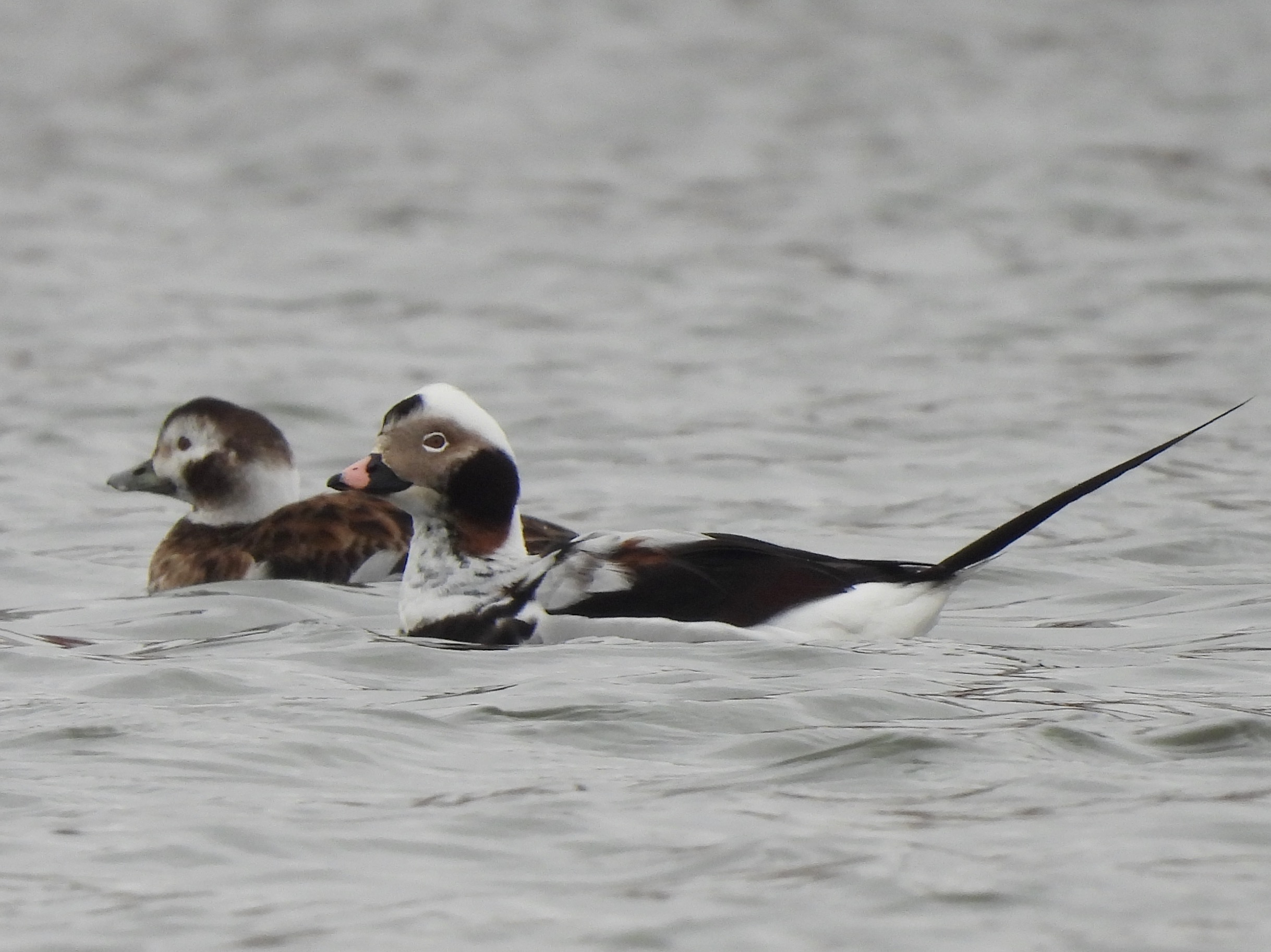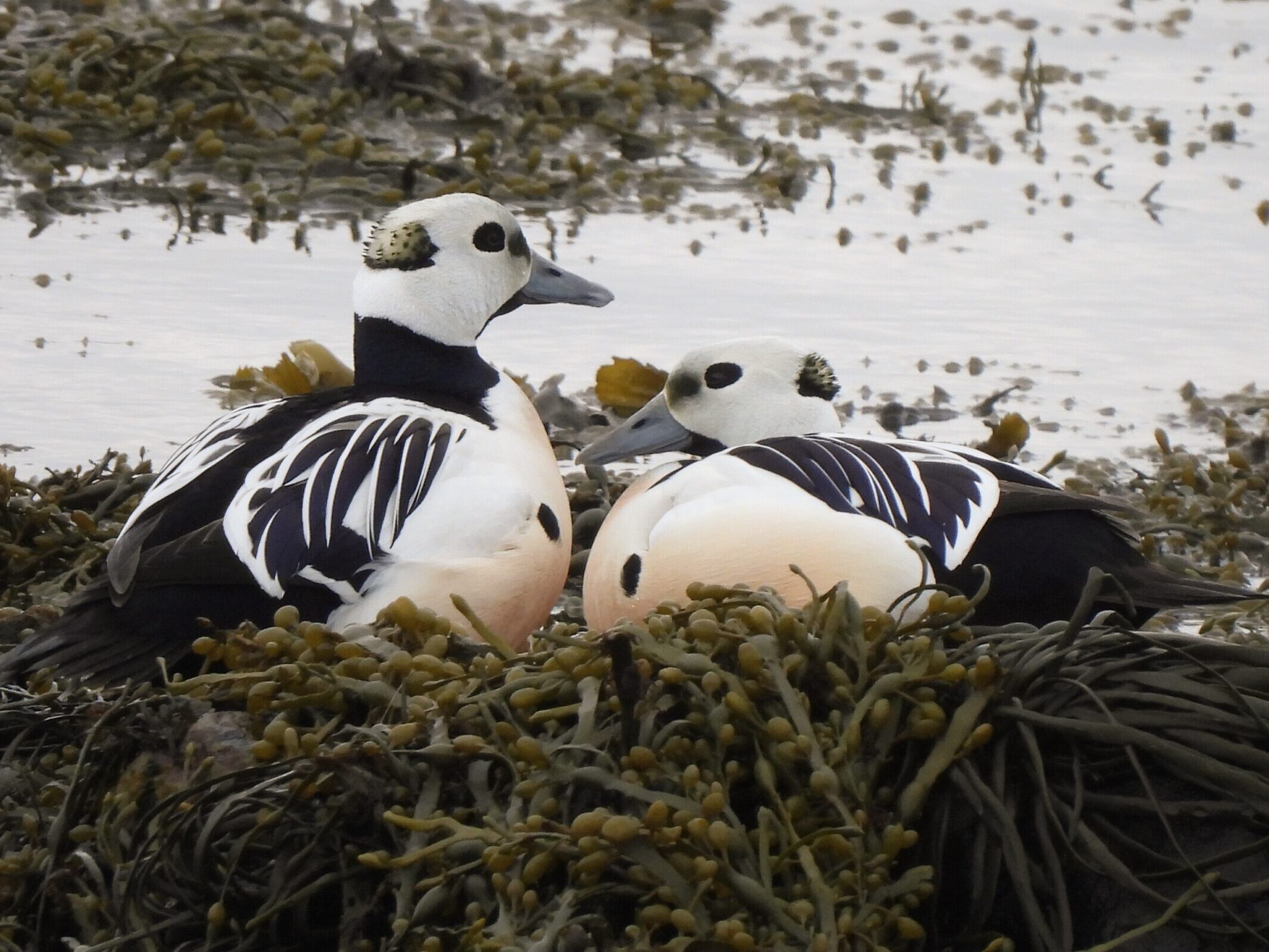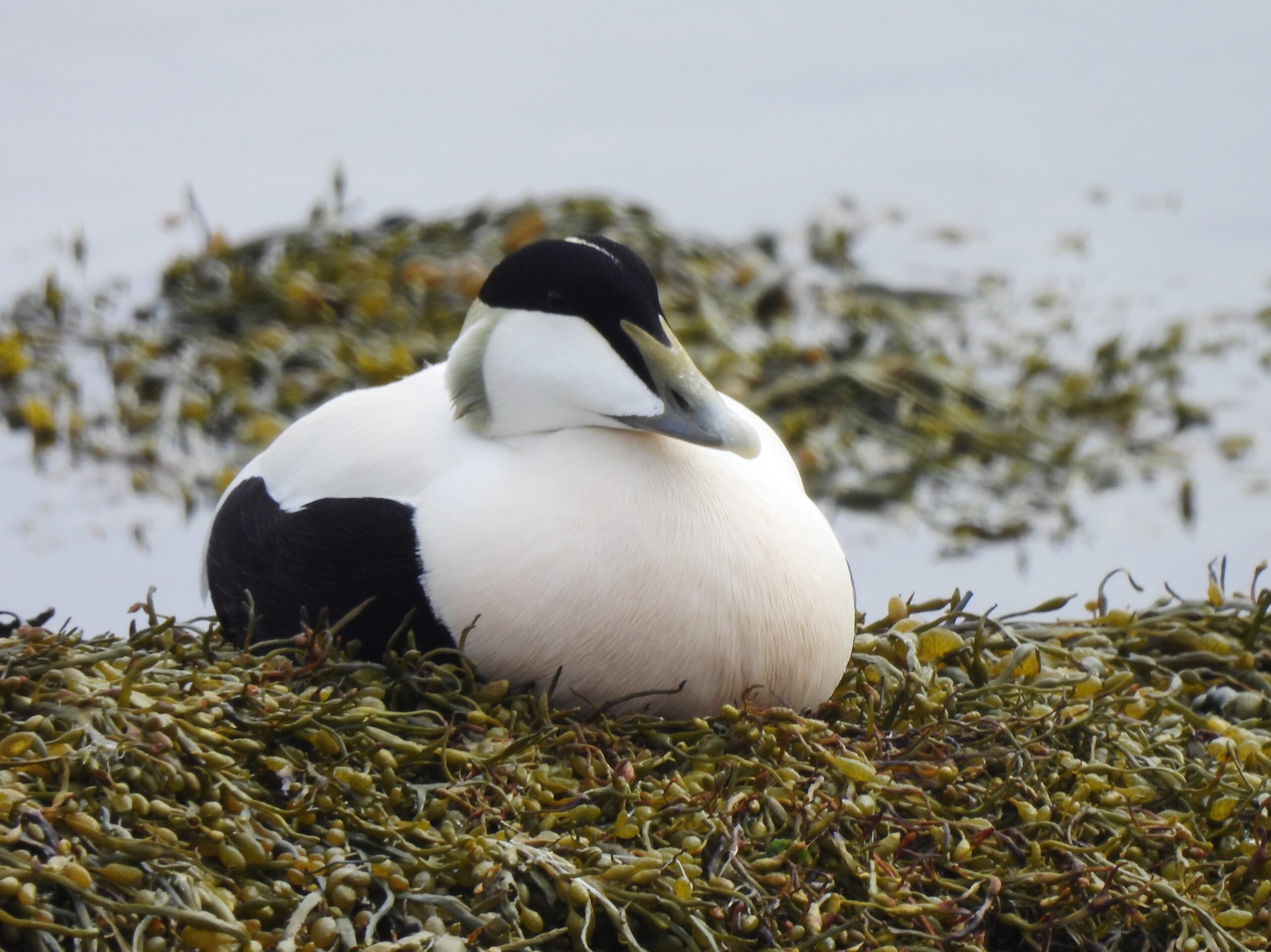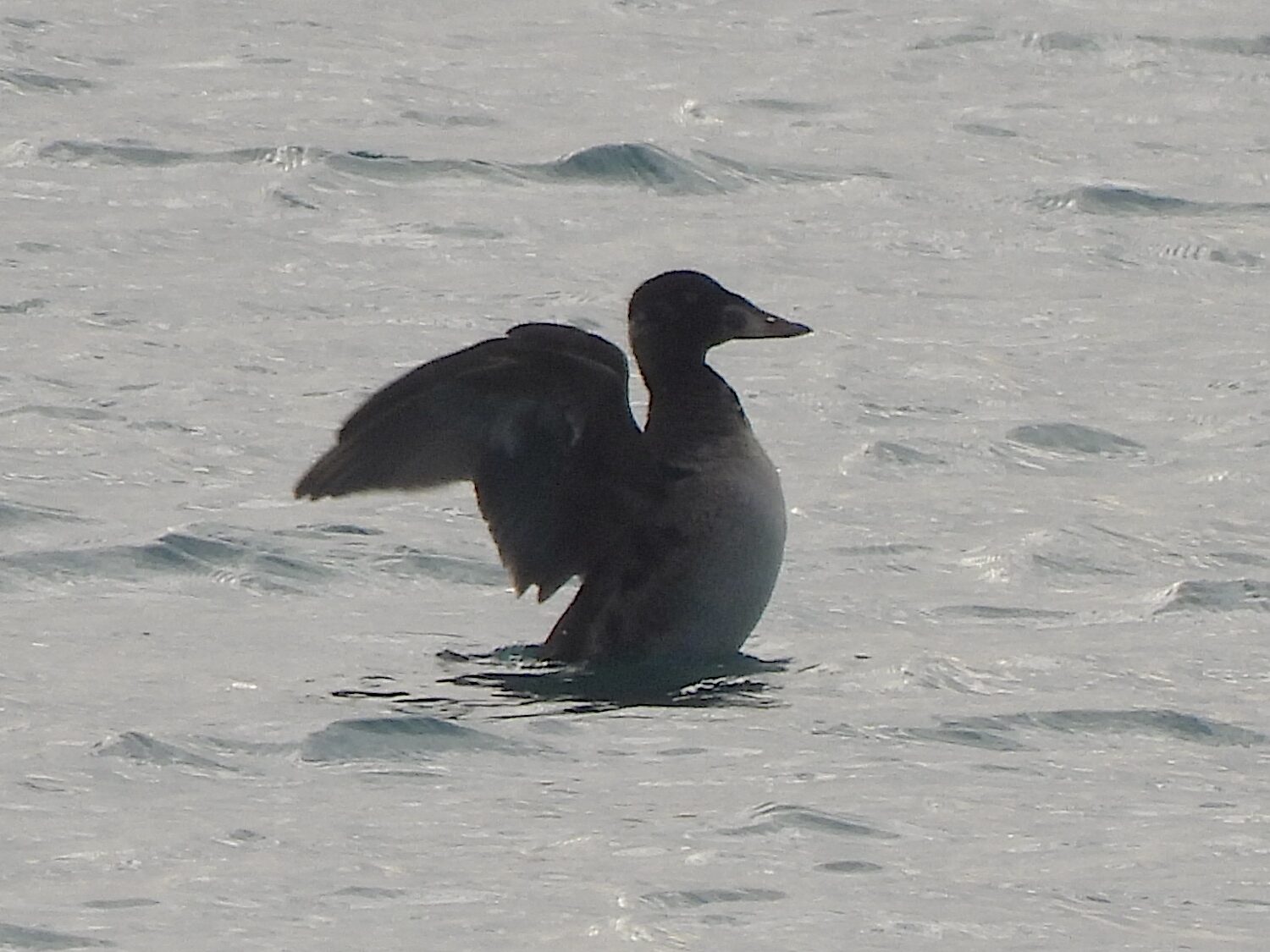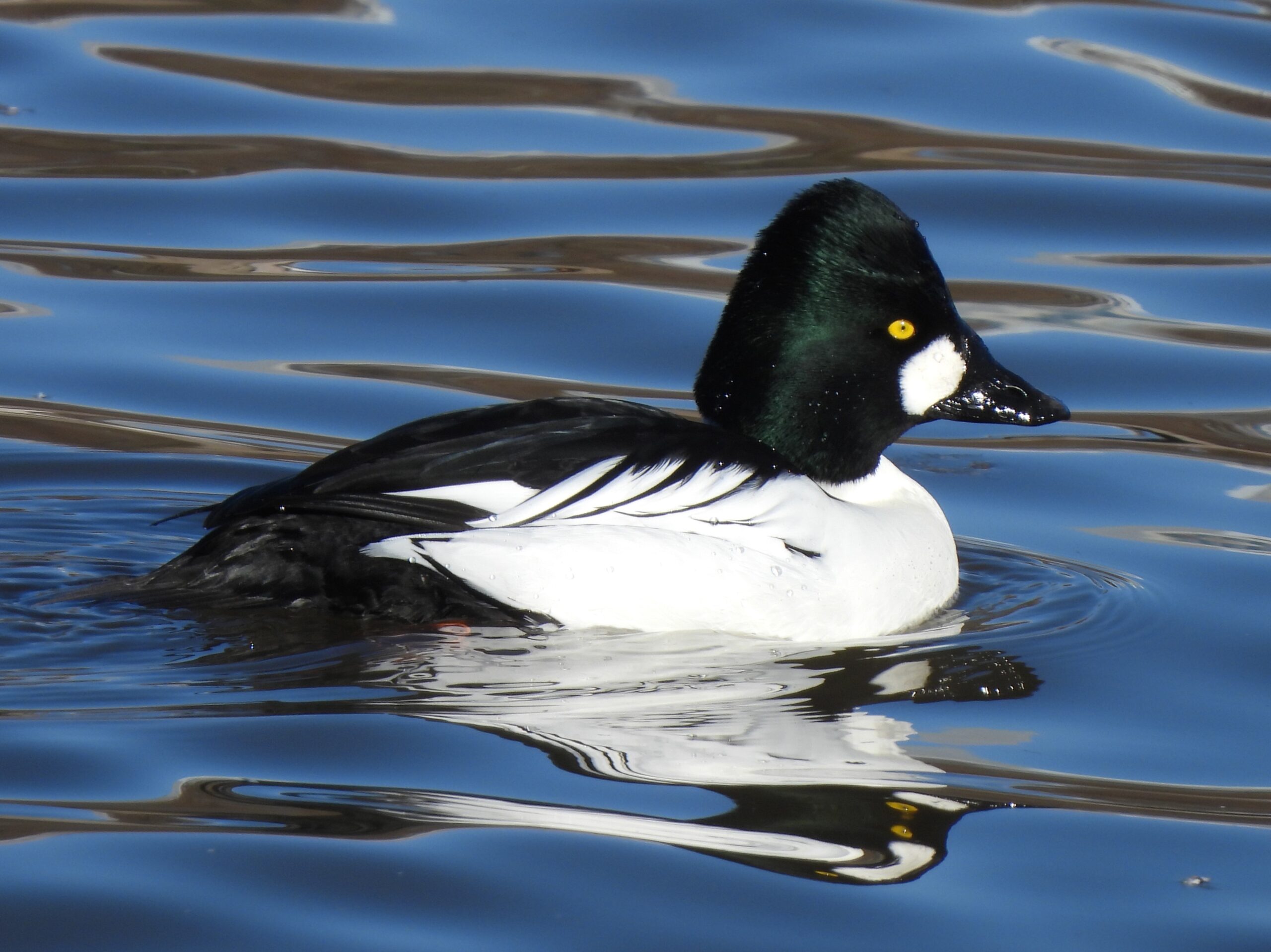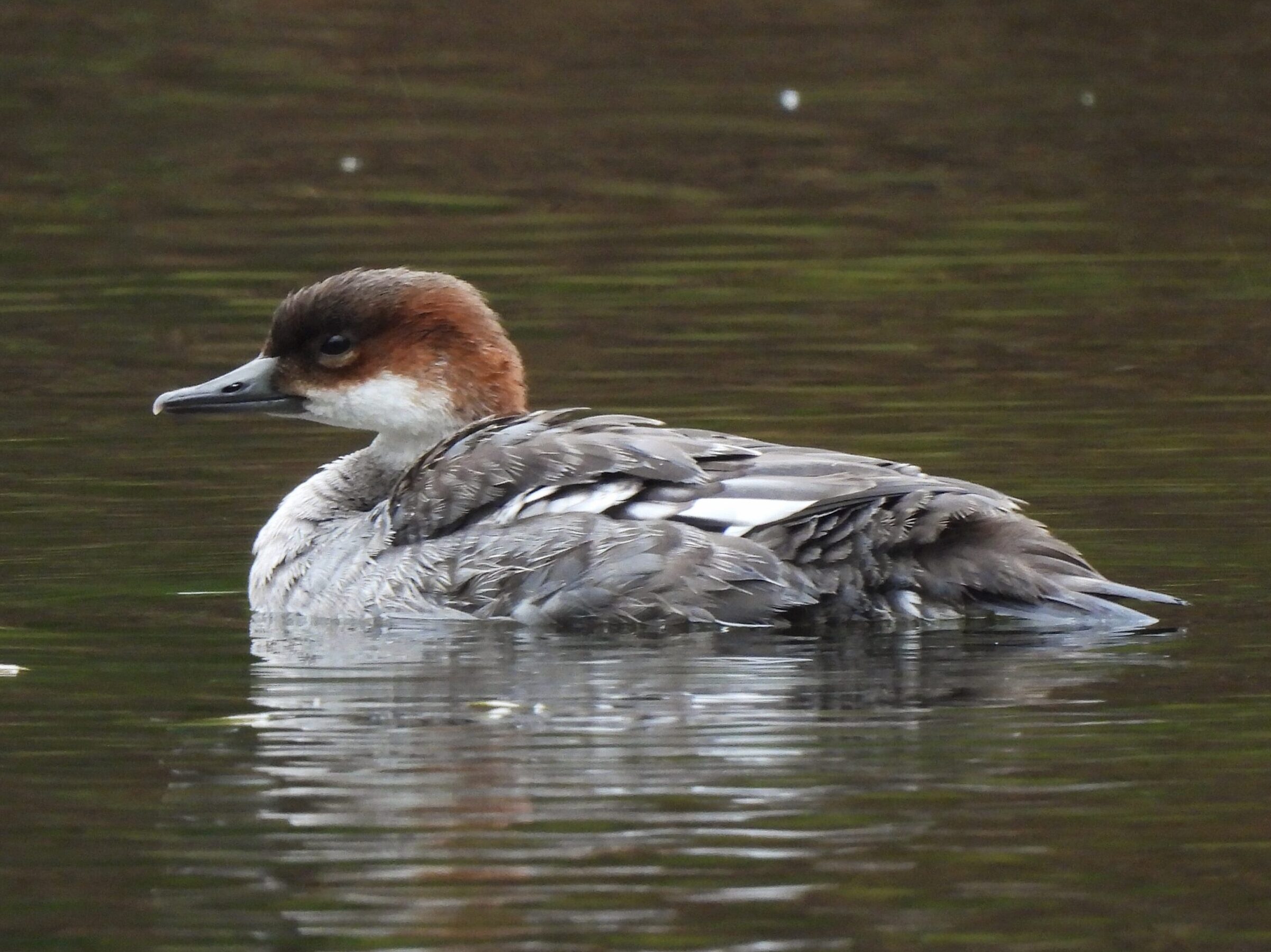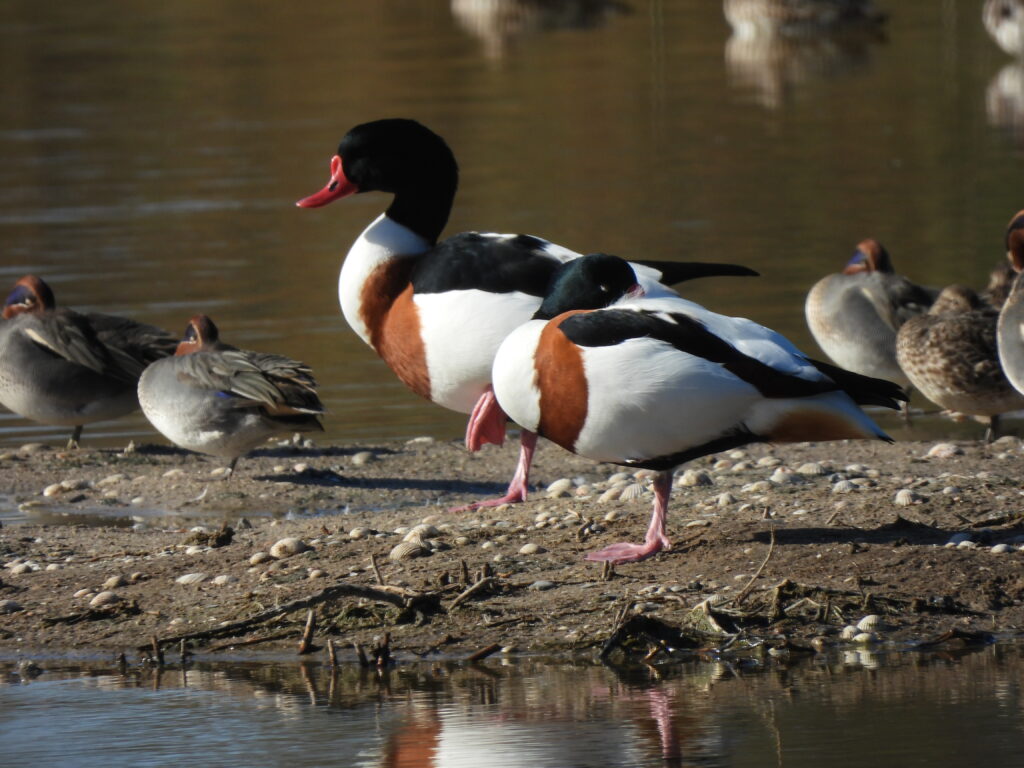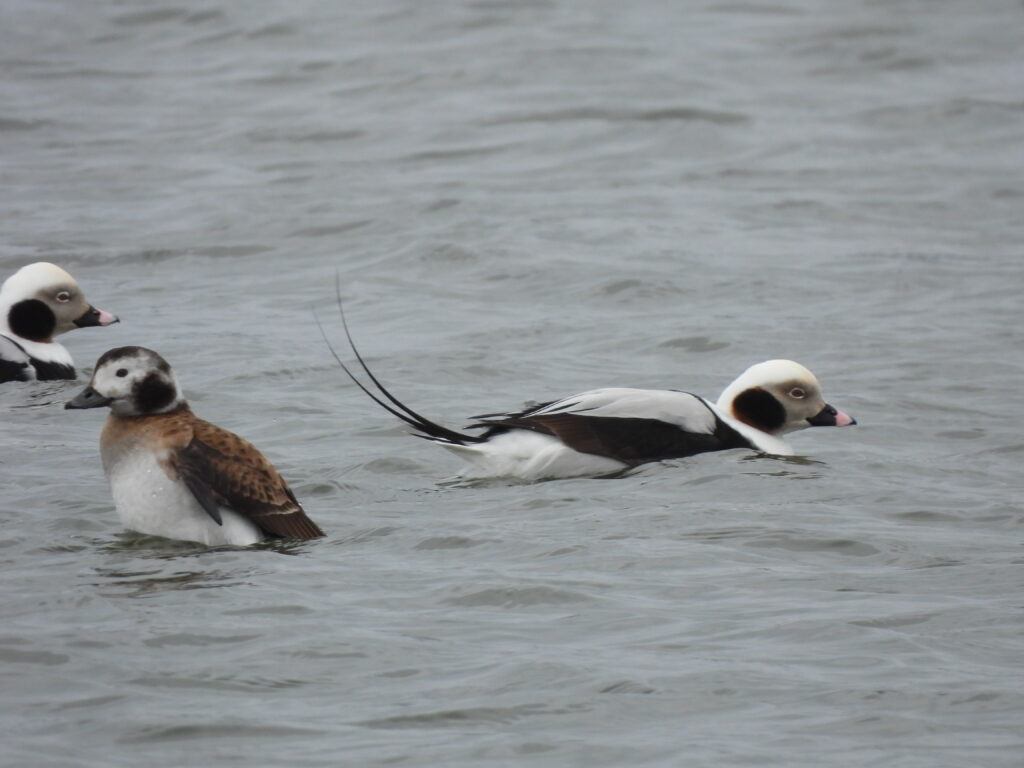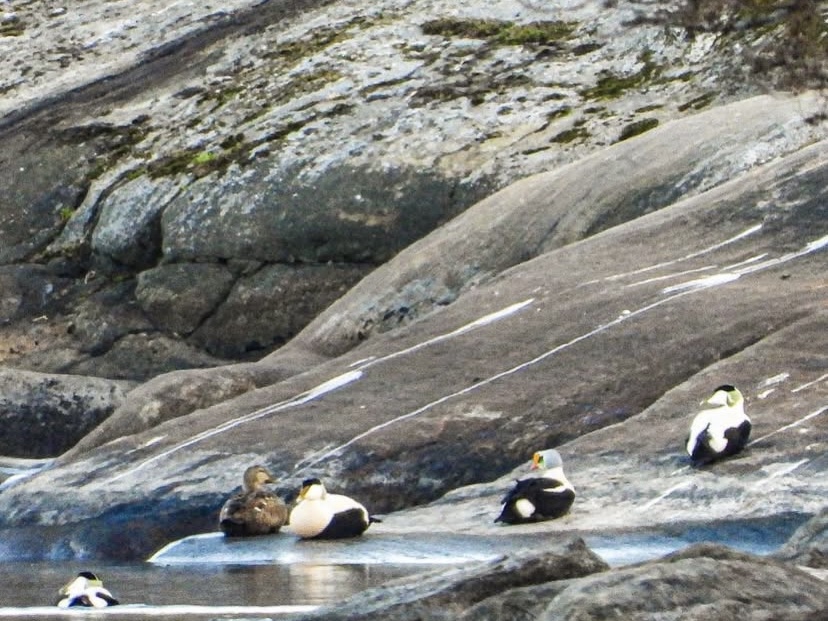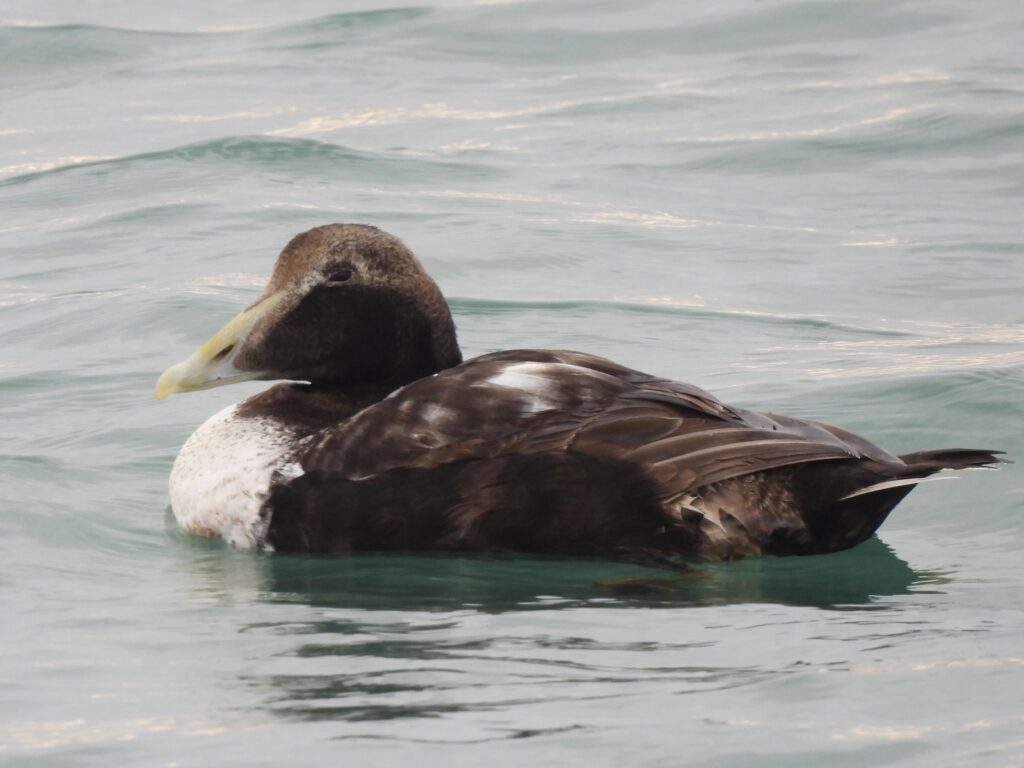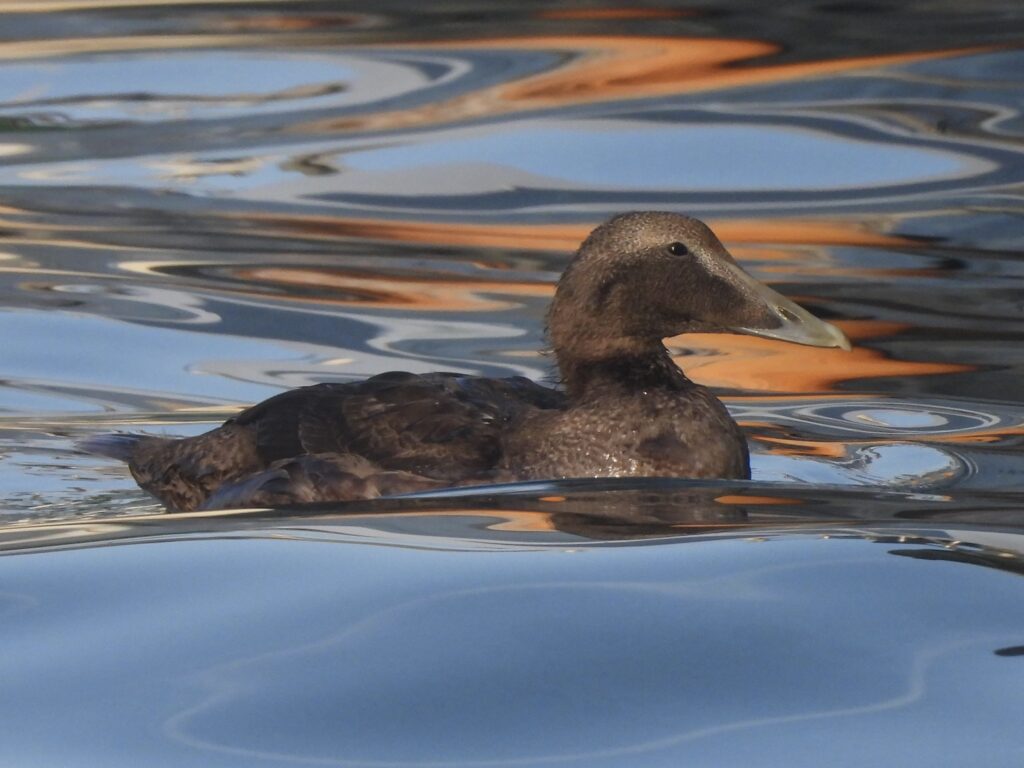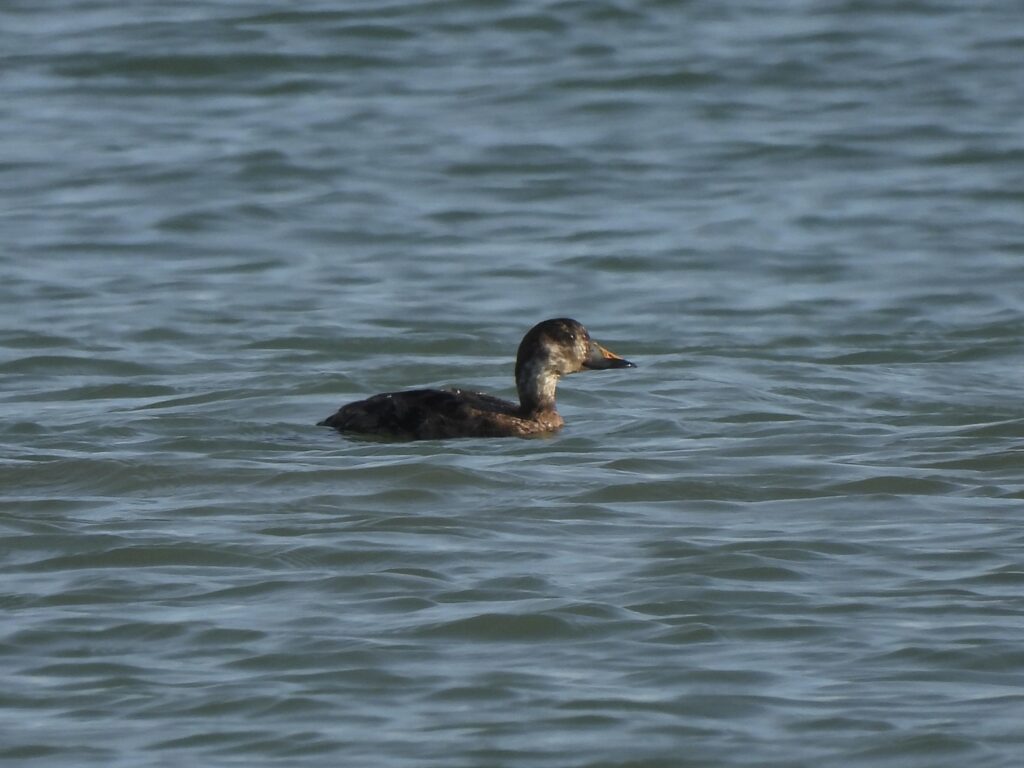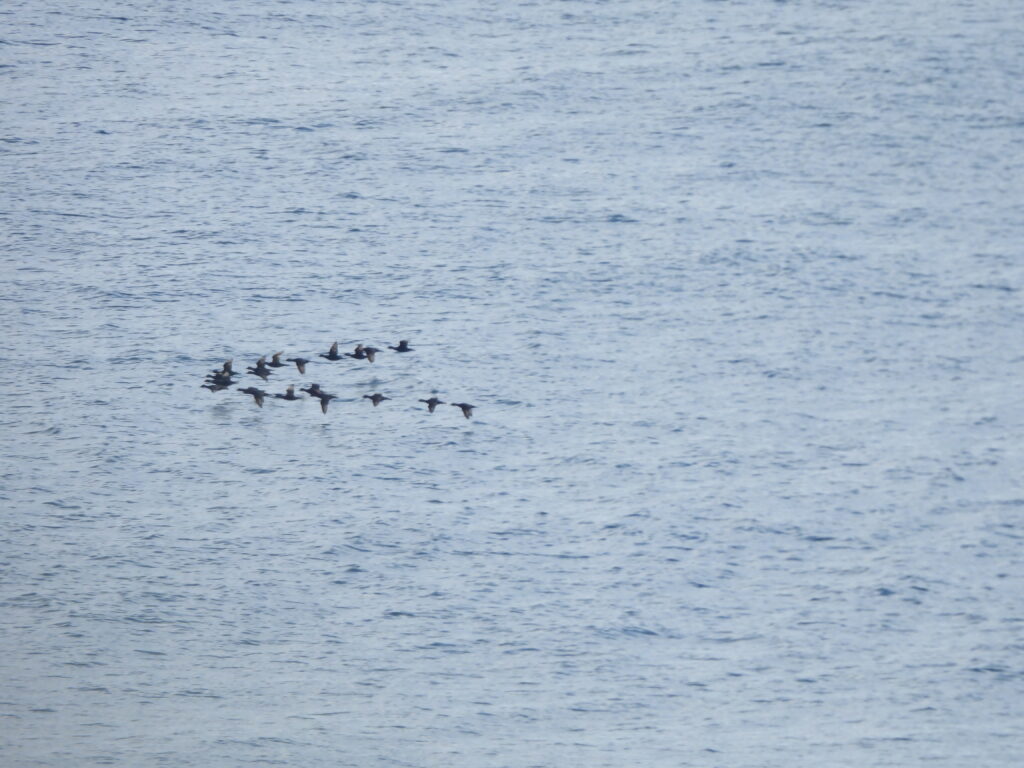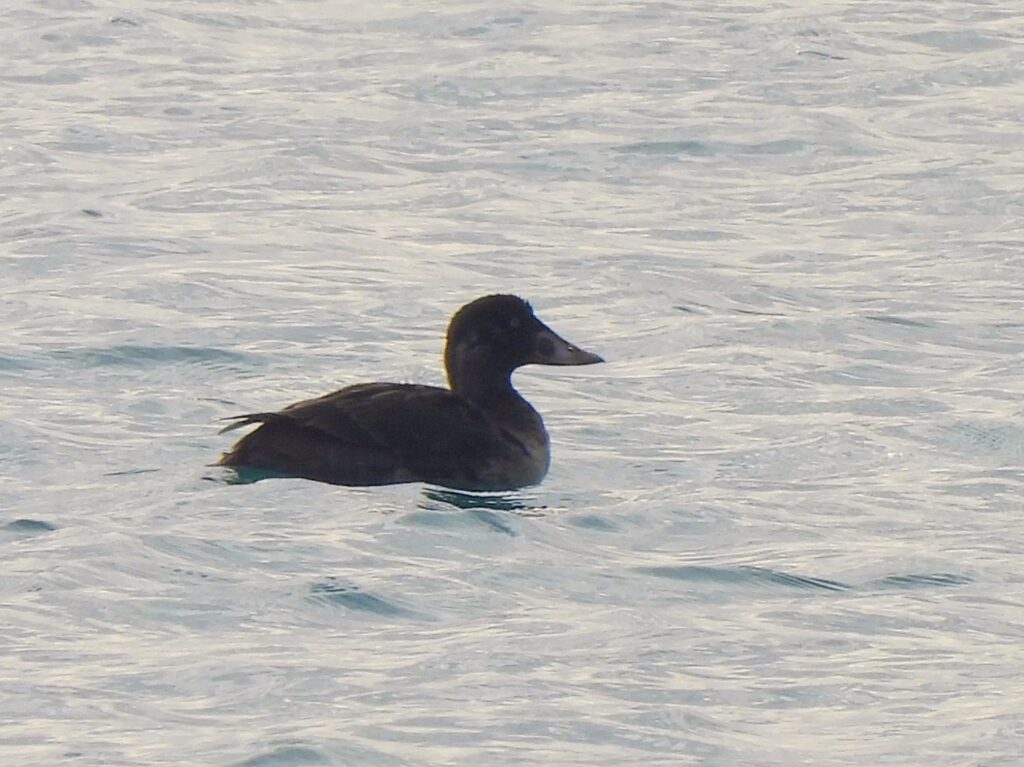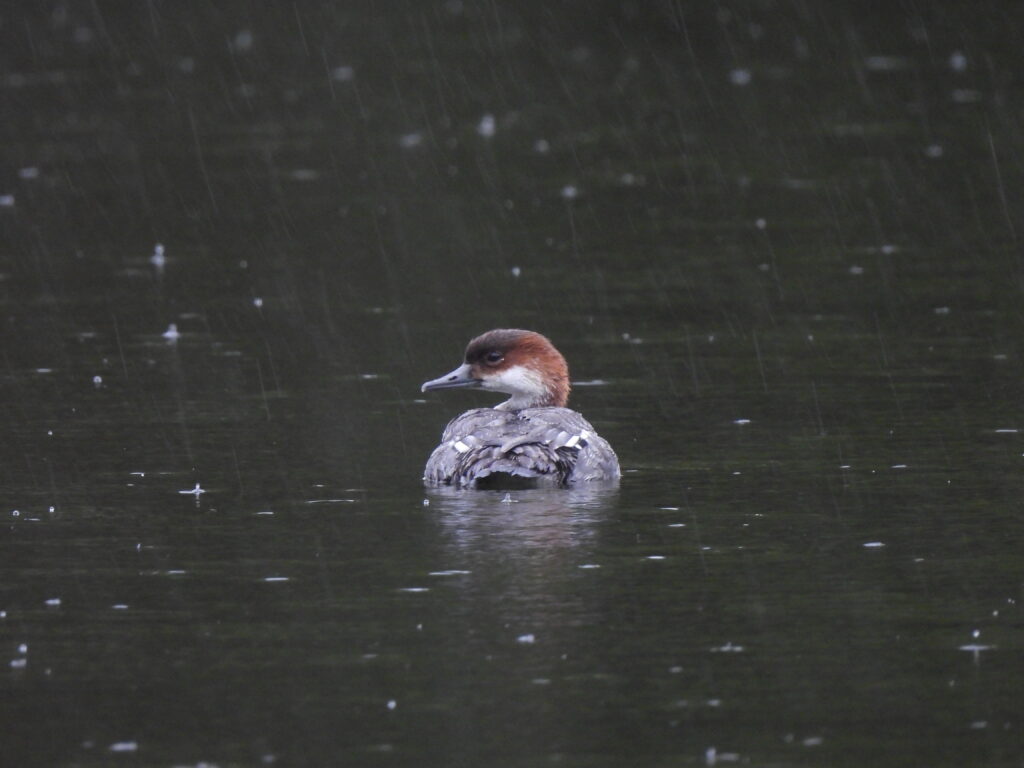The ducks, geese and waterfowl (family Anatidae) are a family of birds belonging to the order Anseriformes. These charismatic birds have a cosmopolitan distribution and live in many aquatic habitats, both inland and in the coast. They show adaptations to floating and swimming, including palmated toes, legs far in the back of the body and a generally flat bill adapted to feed on aquatic vegetation, although some species are specialized to feed on fish or mollusks. Numerous species have a marked sexual dimorphism, and males among them often have two plumage types. Humans have had a long relationship with waterfowl, including the domestication of several species, use of down from nests or hunting for centuries — which has driven several species to extinction over the last centuries.
The family comprises 165 species in 52 genera. The first page comprises basal taxa of the family, including the genera Thalassornis (1 species), Dendrocygna (8 species), Biziura (1 species), Stictonetta (1 species), Nettapus (3 species), Heteronetta (1 species) and Nomonyx (1 species), Oxyura (5 species), Plectropterus (1 species) and Malacorhynchus (1 species). This first page also comprises the subfamily Anserinae, which includes the swans of genera Coscoroba (1 species) and Cygnus (6 species) and the geese of genera Cereopsis (1 species), Branta (6 species) and Anser (11 species).
This second page includes two groups of ducks. The subfamily Tadorninae comprises genera Merganetta (1 species), Callonetta (1 species), Cairina (1 species), Aix (2 species), Neochen (1 species), Chloephaga (5 species), Radjah (1 species), Alopochen (1 species plus 2 extinct) and Tadorna (6 species of which 1 likely extinct). The subfamily Merginae includes the sea ducks, comprising genera Clangula (1 species), Histrionicus (1 species), the eiders of genera Polysticta (1 species) and Somateria (3 species), the scoters of genus Melanitta (6 species), the goldeneyes of genus Bucephala (3 species) and the mergansers of genera Mergellus (1 species), Lophodytes (1 species) and Mergus (4 species plus 1 extinct).
The third page includes two groups of ducks. The diving ducks belong to the subfamily Aythyinae, comprising genera Sarkidiornis (2 species), Hymenolaimus (1 species), Chenonetta (1 species), Cyanochen (1 species), Pteronetta (1 species), Marmaronetta (1 species), Asarcornis (1 species), Rhodonessa (1 likely extinct species), Netta (3 species) and Aythya (12 species). The dabbling ducks belong to the subfamily Anatinae, which includes genera Salvadorina (1 species), Lophonetta (1 species), Speculanas (1 species), Amazonetta (1 species), Tachyeres (3 species), Sibirionetta (1 species), Spatula (10 species), Mareca (5 species plus 1 extinct) and Anas (30 species plus 1 extinct).
Adrián Colino Barea
Egyptian goose
Alopochen aegyptiaca
Widespread in wetlands of Subsaharan Africa north to the Nile River. This species was regularly represented in Ancient Egyptian art. Feral populations have established across Europe and elsewhere. I have seen good numbers of the species in the wild in different habitats of Kenya, and feral individuals in rivers and lakes in Madrid and other European cities.
Common shelduck
Tadorna tadorna
Colorful waterfowl of temperate regions of the Old World, inhabiting a variety of habitats and migrating to moulting grounds and wintering areas in winter. Males have a distinctive knob on top of the bill. Abundant resident in brackish wetlands of Alicante. I have seen numbers in their breeding range in Lapland and Åland Islands, and wintering in Greece and Kuwait.
Long-tailed duck
Clangula hyemalis
Breeds in the Arctic tundra and spends the winter mostly at sea in high latitudes, often foraging in frozen sea ice cracks. Unique and globally vulnerable, with different breeding and non-breeding plumages for both males and females. I have seen this species regularly in winter in certain coasts of Helsinki, and breeding in Lapland.
Steller’s eider
Polysticta stelleri
Breeds locally in Alaska and Siberia, wintering mostly in the Arctic Ocean. Scarce and vulnerable, this charismatic sea duck is the smallest eider and belongs to its own monotypic genus. I have seen small numbers in monospecific flocks or mixed with common eiders in Varanger.
King eider
Somateria spectabilis
Breeds in High Arctic tundra in Greenland, Canada and Siberia and winters at northern latitudes in flocks out at sea, often within other eiders. Males in breeding plumage show a distinctive bright orange knob on their bill. One male has been regularly showing up in the eastern coast of Helsinki in spring.
Common eider
Somateria mollissima
Breeds in the tundra and rocky coasts south to the British Isles or New York, and winters out at sea at lower latitudes than any other eider. Its feathers have been traditionally collected from nests to make pillows. It is a rare winter visitor in Alicante shores. Large flocks winter at sea offshore Helsinki, and this is by far the most abundant eider in Varanger, especially late in the spring.
Common scoter
Melanitta nigra
Old World scoter breeding in freshwater lakes within the Arctic Circle, wintering in the shores of Europe south to Morocco. Flocks of this species fly over the coastline of the Baltic Sea and Spain during passage, especially visible from capes like Estaca de Bares in Galicia. Some individuals rarely sediment in the Mediterranean coast.
Surf scoter
Melanitta perspicillata
New World scoter breeding inland in northern Canada and wintering in the North American coast south to Baja California and the Gulf of Mexico. Its distinctive bill is unlike any other scoter, and adapted to feeding on mussels. It is a vagrant in the Western Palearctic and a mega rarity in the Mediterranean, where the 2nd-ever (?) individual stayed a whole winter in Alicante.
Velvet scoter
Melanitta fusca
Mostly restricted to the Western Palearctic, where it breeds next to taiga and tundra lakes and winters locally in the North, Caspian and Black Sea. Globally vulnerable, with a population breeding in the Georgian Caucasus at the verge of extinction. This species migrates through the Baltic Sea to reach breeding grounds in Lapland, where I have seen it at different locations.
Common goldeneye
Bucephala clangula
Widespread in a variety of wetlands of temperate areas of the Northern Hemisphere, breeding in tree holes close to water bodies. It is the only member of its genus regular in Europe. It can be seen year round in Helsinki and all around Finland. It is a winter vagrant in Spain — I saw a female in Marjal del Moro, Valencia.
Smew
Mergellus albellus
Old World merganser of lakes and rivers, breeding from Fennoscandia to the Russian Far East and wintering in temperate latitudes. Uncommon and retiring, and belonging to a monotypic genus. I have seen this species in breeding grounds at lakes in Finnish Lapland and during passage in ponds in Helsinki.
Red-breasted merganser
Mergus serrator
Breeds in lakes and rivers of northern latitudes and migrates to coastal areas in winter south to the Mediterranean, Baja California or Taiwan. It has more marine habits than other mergansers. This species is a scarce, irregular winter visitor to coasts in Alicante. It is local in some coastal areas around Helsinki.
Common merganser
Mergus merganser
Large merganser of lakes, ponds and rivers of northern latitudes, staying in winter provided there are open waters available. Best known as goosander in the Old World. This is a resident species in Helsinki in beaches and rivers. I have also seen breeding pairs and family groups in several lakes of Lapland and elsewhere in Central Europe.
Adrián Colino Barea


